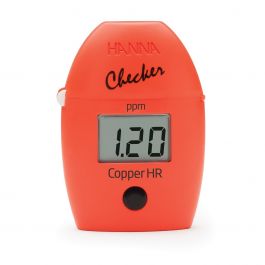- Joined
- Oct 29, 2019
- Messages
- 641
- Reaction score
- 439
So it's far from automated and not yet awesome, but I'm making progress. This is the build thread for my 120G reef. I haven't kept an aquarium in 20 years, but I finally have a bit of extra time, money and no intention of moving any time soon, so here goes....
What You'll Learn
(assuming I finish it this thread)
(a) Plumbing
(b) Electrical
(c) Refurbishing a used tank
(d) Carpentry
(e) Bioligical Filtration
(f) Live Rock
(g) Harry Potter (spoiler alert)
(h) Why Clownfish are anything but funny
(i) Electronics & LED Lighting
(j) Budgeting (or lack thereof)
(k) Water Parameters
(l) Refugium Design
(m) Tank Automation
(n) Programming
(o) Systems Administration
(p) Computer Security
Some of that stuff I do professionally. Some of it I've learned from the interwebs. I suspect you'll be able to tell which is which by the accuracy of info provided. As of this writing, I'm on step (i), so some of it I don't know yet, but I plan to learn. I'm current blocked on shipment of parts, so I figured I'd pen a build thread to while I wait.
Stay Tuned
What You'll Learn
(assuming I finish it this thread)
(a) Plumbing
(b) Electrical
(c) Refurbishing a used tank
(d) Carpentry
(e) Bioligical Filtration
(f) Live Rock
(g) Harry Potter (spoiler alert)
(h) Why Clownfish are anything but funny
(i) Electronics & LED Lighting
(j) Budgeting (or lack thereof)
(k) Water Parameters
(l) Refugium Design
(m) Tank Automation
(n) Programming
(o) Systems Administration
(p) Computer Security
Some of that stuff I do professionally. Some of it I've learned from the interwebs. I suspect you'll be able to tell which is which by the accuracy of info provided. As of this writing, I'm on step (i), so some of it I don't know yet, but I plan to learn. I'm current blocked on shipment of parts, so I figured I'd pen a build thread to while I wait.
Stay Tuned














